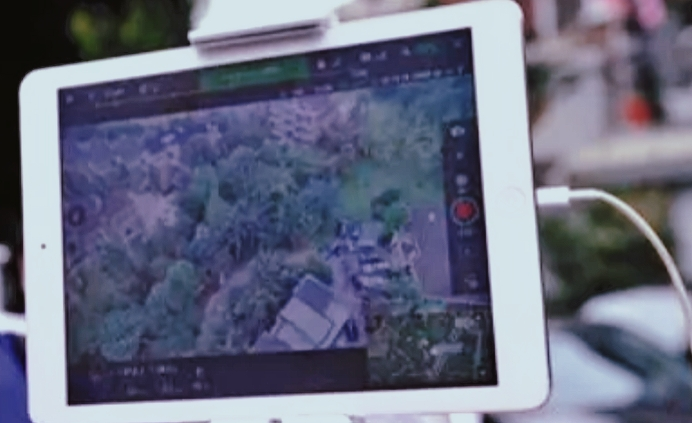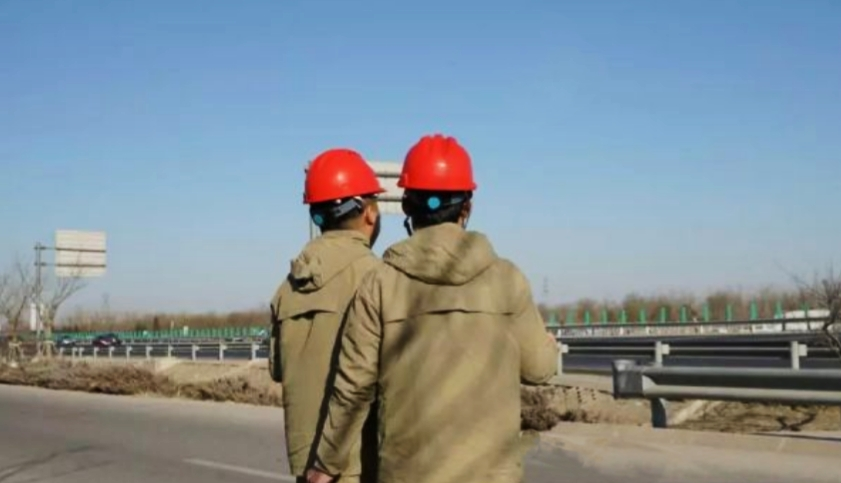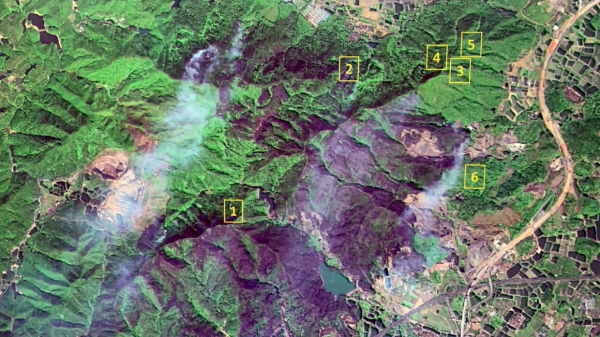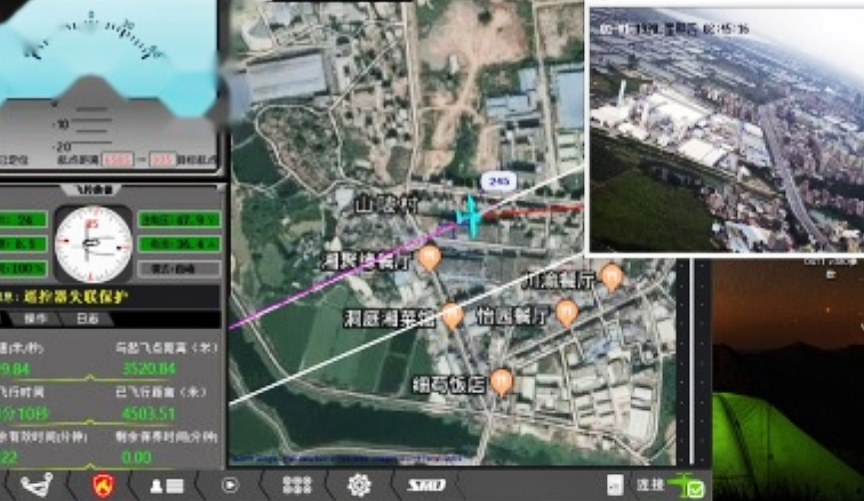Drones + 5G, Taking Security One Step Further
With its significant advantages of high speed, low latency and large capacity, 5G is constantly being integrated into our lives. 5G technology empowers security applications, effectively promoting the deep integration and application of drones in different scenarios in the security field, and realizing efficient, intelligent and autonomous drone security operations.

Before the emergence of 5G technology, what difficulties did drone security applications face?
Traditional remote control and image transmission will restrict the flight range of drones, and to a certain extent reduce the success rate of drones performing long-distance detection or rescue missions.

Visibility Limits in Forest Security
The transmission distance of drone industrial applications is wide, and the image transmission resolution covered by 4G communication technology no longer meets actual needs, resulting in low clarity of image transmission in security work.

The images sent back by the security drone are not clear
In the existing 4G network airspace, the positioning accuracy of drones combined with GPS can be controlled at the meter level, but they are prone to loss of connection when performing special high-altitude missions.

The drone is out of contact
When operating in special environments, it is often the case that images and data cannot be transmitted back to the command center, and operating instructions cannot be received, and information transmission is not timely.

Weak signal transmission affects the work of security personnel
The advent of 5G communications has greatly improved the flight altitude of drones. They are no longer restricted by measurement and control distance and obstructions, and can fly as far as they want.

Drones send back remote security images
5G will help drones transmit high-definition images at high latitudes, provide efficient information support for security and rescue, and improve operational efficiency in special environments.

High-definition fire images sent back by drones
With the support of 5G, drones can achieve more accurate positioning, and can effectively help rescuers to achieve precise and targeted firefighting in emergency rescue.

Drones provide precise positioning information for maritime rescue
Drones combined with 5G technology can realize automatic storage of information in the cloud, process video data and distribute it in a timely manner, efficiently completing information transmission tasks.

UAV mission information
Of course, with the support of 5G, drones can achieve more functions. They can realize direct communication between drones, and ensure that multiple drones can work together in the same area. At the same time, the security of drones during data transmission is also higher.
5G technology empowers drones, taking security one step further! In the future, we will combine the increasingly mature 5G communication technology to continuously develop the huge potential of drones and provide more convenience for security rescue, urban construction, and smart development.
- Reinforcement Learning Enables Bipedal Robot to Conquer Challenging Terrain
- Drones for 3D Indoor Exploration-Cultural Relics Protection and Indoor Survey
- Industry Application: Intelligent Unmanned Operation Solutions for Lakes – Rapid Deployment for Continuous Protection
- High-Altitude Cleaning Case Introduction - Drone Spraying and Cleaning
- New Performance: SLAM Handheld Lidar Scanner + External Panoramic Camera New Combination

